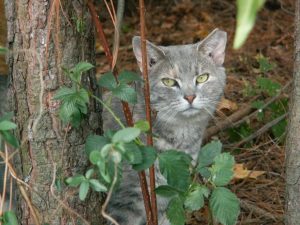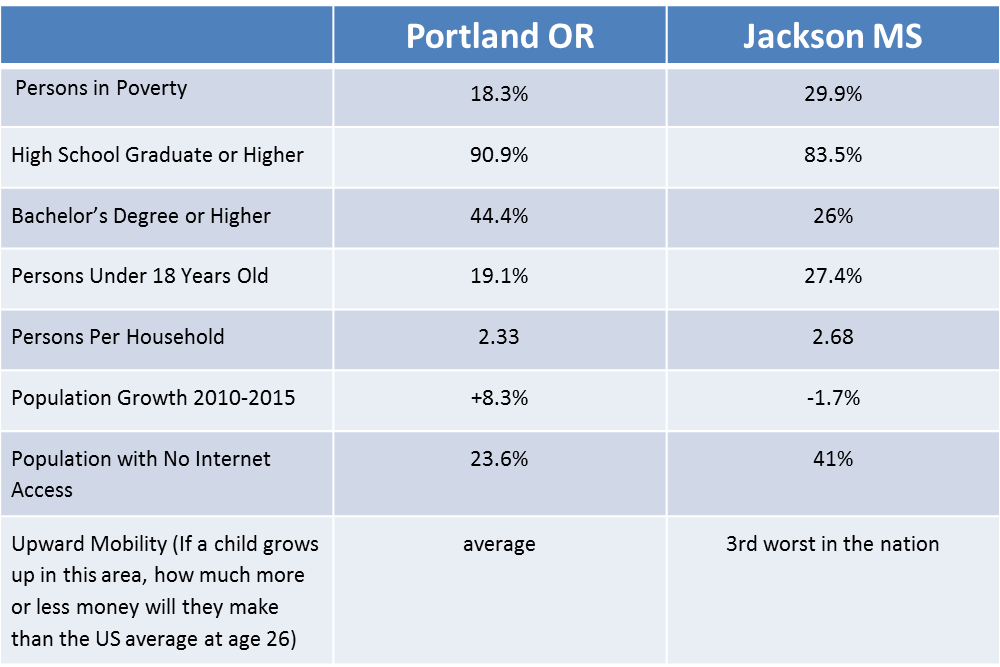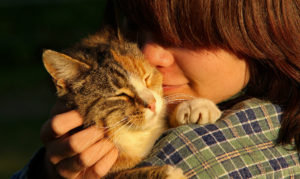How spay/neuter & human services organizations can build symbiotic relationships
By Guest Blogger: Shelby Parsons, Communications Manager, Mississippi Spay and Neuter
Upon moving to Mississippi from Oregon 4 years ago, spay/neuter was my passion. I had a love for animals as a child, and remember practicing TNR (Trap-Neuter-Return) with my mother for all of the cats that people dumped in the woods around our Northern California home. I worked for the Feral Cat Coalition of Oregon (FCCO) during my time in the Northwest, a clinic dedicated to providing low-cost spay/neuter to feral cats.
While we struggled to control the population in Portland and the surrounding area, shelter intake was dropping and FCCO had the overwhelming support of  the community since its inception in 1995. Spay/neuter organizations, shelters and local vets have a partnership called ASAP (the Animal Shelter Alliance of Portland) which provides easy access to services and helps similar businesses and organizations work toward the same goal. The Feral Cat Coalition of Oregon also has a unique partnership with their local Audubon Society, called “Cats Safe at Home” which encourages cat owners to keep their felines indoors, promoting the safety of both cats and wildlife, along with TNR. Their pilot partnership TNR program is located on a secluded island which is inhabited by hundreds of feral cats.
the community since its inception in 1995. Spay/neuter organizations, shelters and local vets have a partnership called ASAP (the Animal Shelter Alliance of Portland) which provides easy access to services and helps similar businesses and organizations work toward the same goal. The Feral Cat Coalition of Oregon also has a unique partnership with their local Audubon Society, called “Cats Safe at Home” which encourages cat owners to keep their felines indoors, promoting the safety of both cats and wildlife, along with TNR. Their pilot partnership TNR program is located on a secluded island which is inhabited by hundreds of feral cats.
When I arrived in the South, I found the high-volume program in my area, Mississippi Spay and Neuter, and got in touch. What I found was that the problems Mississippi was facing with animal overpopulation were those that my Oregon community had experienced in decades past. I was excited to think that the trial and error Oregonian organizations had worked on could be bypassed by adopting the best practices and models that grew out of those experiences, many of them built on partnerships between animal welfare organizations. However, as I became more familiar with Mississippi, I learned that many obstacles stood in the way — some of which seemed insurmountable and out of scope because my new home was so different. Would these solutions that worked so well in Portland, Oregon hold any water in Jackson, Mississippi?
The short answer that I found was “no.” I began thinking about the differences of the two areas, and how solutions could be adjusted to fit different environments, namely an environment that has no spay/neuter ordinances, loose animal cruelty laws, less support for animal welfare organizations and a higher percentage of outdoor dogs and cats.
Working in the animal welfare world, and generally being like many others I meet in this field who identify more with their animal friends than their human ones, it was easy for me to think about helping animals in a vacuum — understanding that high volume spay and neuter is effective at reducing companion animal overpopulation. Over time, I realized the path to reaching this goal is not always a straight one, and not always animal-centric on its surface.
I wondered — what information might be useful to increase the effectiveness of spay/neuter? What unique characteristics of a community or region can we learn to better serve it? When comparing and contrasting the two areas, I found some huge differences, which helped me begin to establish a context through which community needs can be served.
[Source: US Census Bureau census.gov]
When I attended the United Spay Alliance Summit Conference in 2015, a light went on when I began learning about targeted spay/neuter initiatives, which work to reach the pets at a high-risk for reproducing in order to reduce shelter intake. The basic premise behind these programs is that we can spay/neuter for years and years, but the few animals outside of our program’s reach will continue to overpopulate our communities with cats and dogs.
These targeted programs shifted my perspective of spay/neuter as a service for animals to spay/neuter as a part of human services. When a family is struggling, they can often apply for help with food, healthcare, clothing, and other needs. Spay/neuter should also be treated as an important need for  families with pets. I was thrilled at the successes of these programs and eager to bring some ideas home with me, but was somewhat discouraged at the incredible amount of time and resources that these programs required.
families with pets. I was thrilled at the successes of these programs and eager to bring some ideas home with me, but was somewhat discouraged at the incredible amount of time and resources that these programs required.
In an effort to meet these needs with limited resources, Mississippi Spay and Neuter has started a pilot partnership with a human services organization — Madison Countians Allied Against Poverty (MADCAAP). Those who are in need of food, clothing, prescription medications, utilities payments, home repairs, or community education can receive assistance from MADCAAP. Thanks to a $10,000 grant that MS SPAN and MADCAAP received, free spay/neuter has been added to the list of services that MADCAAP clients can receive. MADCAAP volunteers help provide transportation for pets if needed.
Our first spay/neuter appointments have been scheduled for this month under our new partnership, and the demand was more than triple our expected number of pets! We are thrilled to have found an effective way to reach a targeted population despite limited time and resources, and are reaching out to more human services organizations in the area to duplicate the program. Our hope is that through the lens of human services, spay and neuter will become more normalized and accepted in our community as a necessary responsibility of pet ownership.
# # #
United Spay Alliance welcomes the active voice of our network of professional spay/neuter leaders and organizations as guest bloggers and in our other communication forums.

